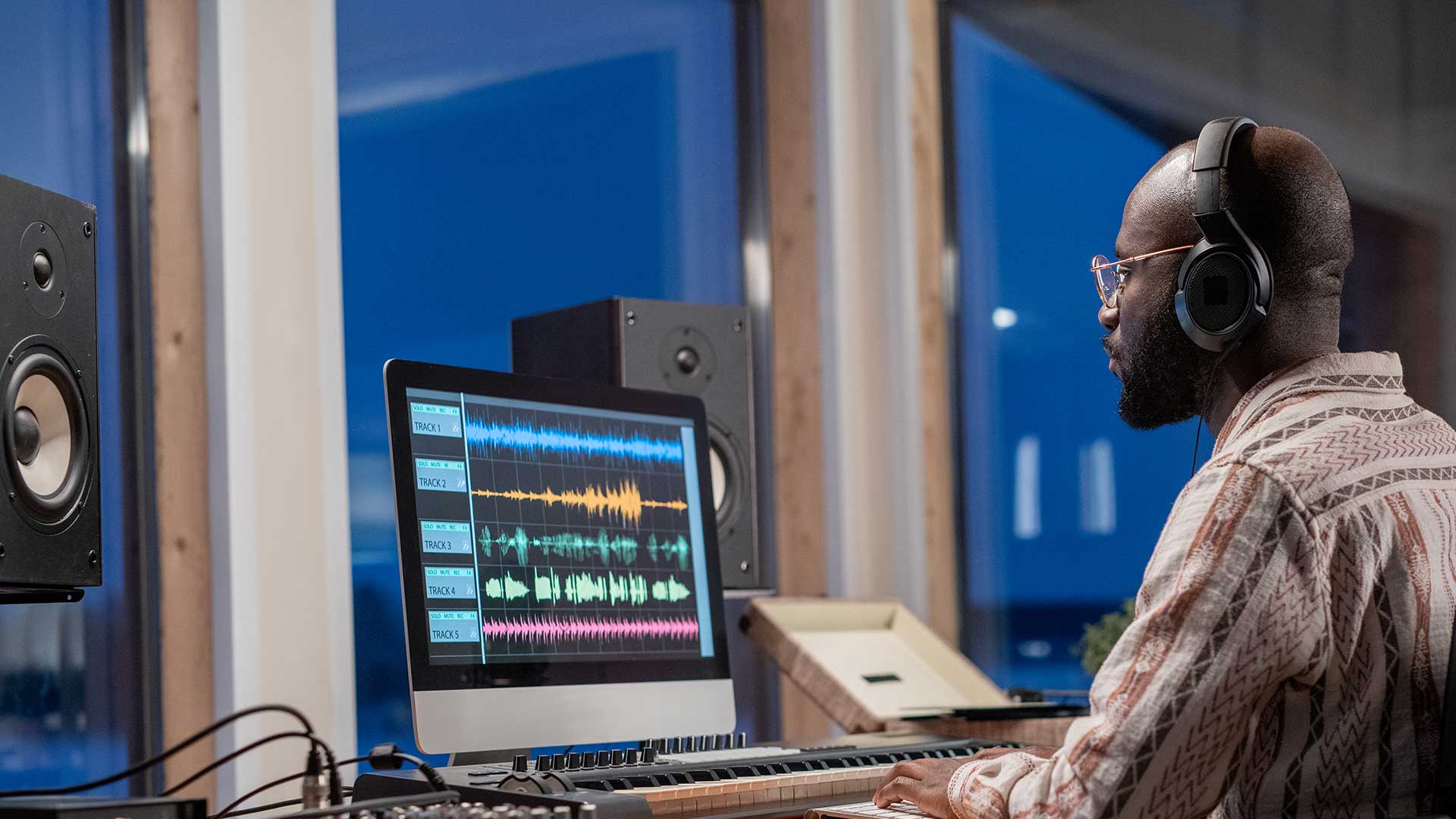One in three Canadians identify as having a disability. There is a range of basic needs that are not being met by most digital experiences—despite exceptional guidelines called the Web Content Accessibility Guidelines (WCAG).
What is the WCAG?
“Web Content Accessibility Guidelines (WCAG) 2 is developed through the W3C process in cooperation with individuals and organizations around the world, with a goal of providing a single shared standard for web content accessibility that meets the needs of individuals, organizations, and governments internationally.”
What is Boom12 doing?
At Boom12, we take digital accessibility seriously. We are working hard to redesign our products and services so they are digitally accessible. To do this, we’re adopting a universal design approach and monitoring how the professional tools and apps that we use continue to make progress toward WCAG compliance.
This will allow us to help local businesses and organizations stay ahead of the curve by helping them become as accessible as possible while continuing to advance iteratively as technology advances. All of our services will soon be WCAG compliant. We just aren’t doing our part if we don’t bake this essential equity requirement into our work both internally and for clients.
As a small team, we have committed to ensuring all of our digital communications and services will be as accessible as possible by the end of this year. When we say “as accessible as possible” we aren’t giving ourselves an out, we will do our best and we will follow best practices as they are made available by the platforms and developers that we work with.
Twitter is leading the pack as most web and social platforms work to improve accessibility. Facebook, Instagram, and LinkedIn have also made big leaps forward as well as WordPress, Woo, Elementor, and many of the web applications we use.
If you’re a Twitter user, you may have seen the notice in the attached image pop up on your timeline. You may also have noticed that Twitter has been hard at work making it easier to include alt text with images and graphics added to your tweets.
Our work began in 2022 and continued through 2023. We look forward to sharing the results and working with you to make the digital world accessible to all.

